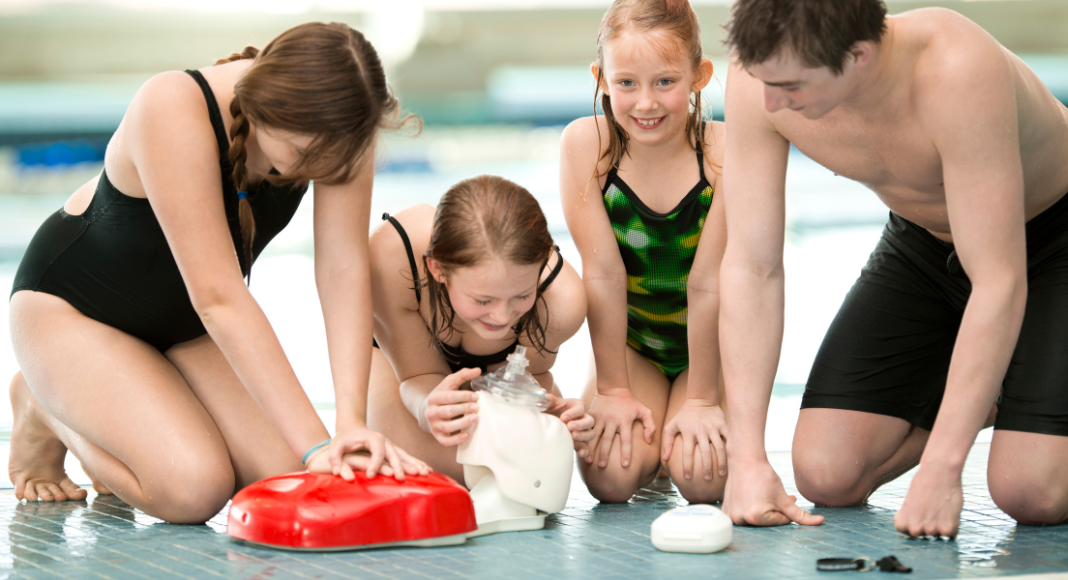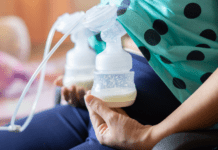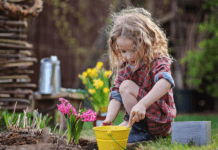 June marks the start of National Safety Month, an important time to focus on the steps we can take to protect our families from seemingly obvious hazards and hidden dangers that we may not be aware of.
June marks the start of National Safety Month, an important time to focus on the steps we can take to protect our families from seemingly obvious hazards and hidden dangers that we may not be aware of.
With summer upon us, it’s the perfect time to brush up on water safety tips. According to the CDC, drowning is the number one cause of unintentional death for children between the ages of 1 and 4, so as pool season begins, it’s important to ensure your young ones are safe around water.
1. Never leave children unattended.
Don’t leave children alone in or near a pool. Always make sure an adult is supervising children in the water. Always stay within arm’s reach of any children who cannot yet swim unassisted. Assign at least one adult to be the dedicated supervisor and rotate every fifteen minutes to prevent the watcher from becoming distracted.
2. Dress children in bright-colored bathing suits.
This way, you can easily spot them. Try avoiding colors such as green and blue, which tend to blend into the color of the water. Bright colors will help your child stand out in case of an emergency.
3. Wear a life jacket in open water.
Always wear a U.S. Coastguard-approved life jacket when on a boat or during any activity on open waters, even if you know how to swim.
4. Consider swimming lessons.
It’s important for your child to learn basic water skills. Many local pools offer swimming lessons during the summer at a lower cost than private facilities if you want an affordable option.
Car seat safety is another important thing to consider in the hot weather.
A car seat is one of the first things we purchase for our children, and they use it from the day they come home from the hospital and throughout childhood. Proper car seat usage can decrease the risk of death and injury by as much as 70% in infants one-year-old and younger and 54% in toddlers aged 1-4. Unfortunately, nearly half of all car seats are installed incorrectly, which reduces their effectiveness. Always consult the manual for the installation guidelines when installing a car seat. Consider taking your car and seat to a certified Child Passenger Safety Technician (CPST) to ensure the safest fit in your vehicle. Many local police stations can assist you with this.
1. Check the manual.
Children under age two should be placed in a rear-facing car seat as per New York State Law; however, it’s important to check the car seat’s manual for height and weight guidelines. If your child does not meet those limits, they cannot be moved to the forward-facing position. Always check the manual for any changes that need to be made to the seat, such as raising the headrest or removing inserts. As your child grows, the seat will need to be adjusted.
2. Make sure your child is secure in the seat.
Straps should be firm to the child’s body, and the chest clip should be at the height of the child’s armpits. Not sure if the straps are tight enough? They should pass the “pinch” test-when pinching the harness webbing vertically at the shoulder with the thumb and forefinger, your fingers should slide off easily and you should not be able to pinch any webbing between them.
3. Force yourself to check the backseat.
Don’t forget the precious cargo in the back seat with the warmer weather. Newer cars have reminders when turning your vehicle off, but if you do not have that feature, leave your phone or purse next to your child so you remember to check the back seat.
Knowing the basics of fire safety can help prevent a tragedy in the home. Fires are the third leading cause of death for children ages 1-14, but the good news is that there is a lot you can do to prevent a house fire.
1. Install smoke alarms
Install smoke alarms, preferably with a carbon monoxide detector, on every level of your home, inside bedrooms, and outside sleeping areas, and test them monthly. Replace smoke alarms when they are ten years old.
2. Be conscious of sources of potential fires.
Candles and space heaters left unattended can be dangerous. Never leave a burning candle unattended, and avoid overloading electrical outlets.
3. Have a fire extinguisher on hand.
Fire extinguishers or a fire blanket on every level of the home and in the kitchen or near other appliances likely to cause a fire is smart. Please read the instructions on how to use them before an emergency.
4. Have an escape plan.
Make a plan and practice it with your family. Plan two ways to escape each room and check windows and doors to ensure they open easily. Consider a ladder for rooms on the second floor if you cannot find a second exit.
5. Teach children the basics of what to do in a fire.
Even at a young age, you can teach your child about checking the door knobs to see if they are hot and “stop, drop, and roll.” Children must know not to hide when there’s a fire so they can be easily found.





















